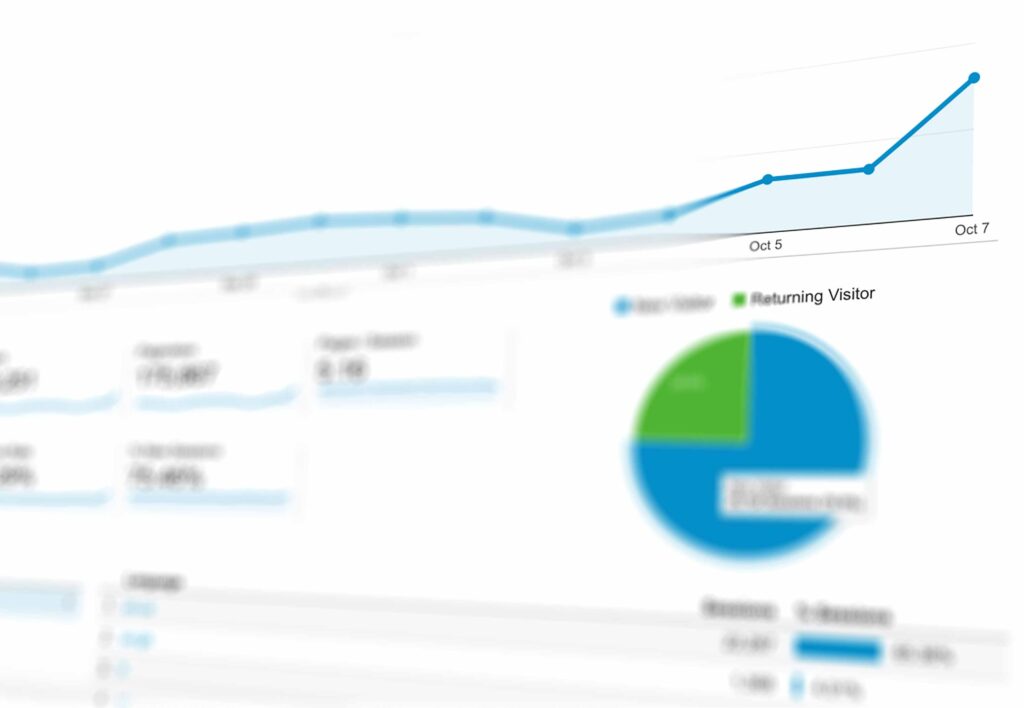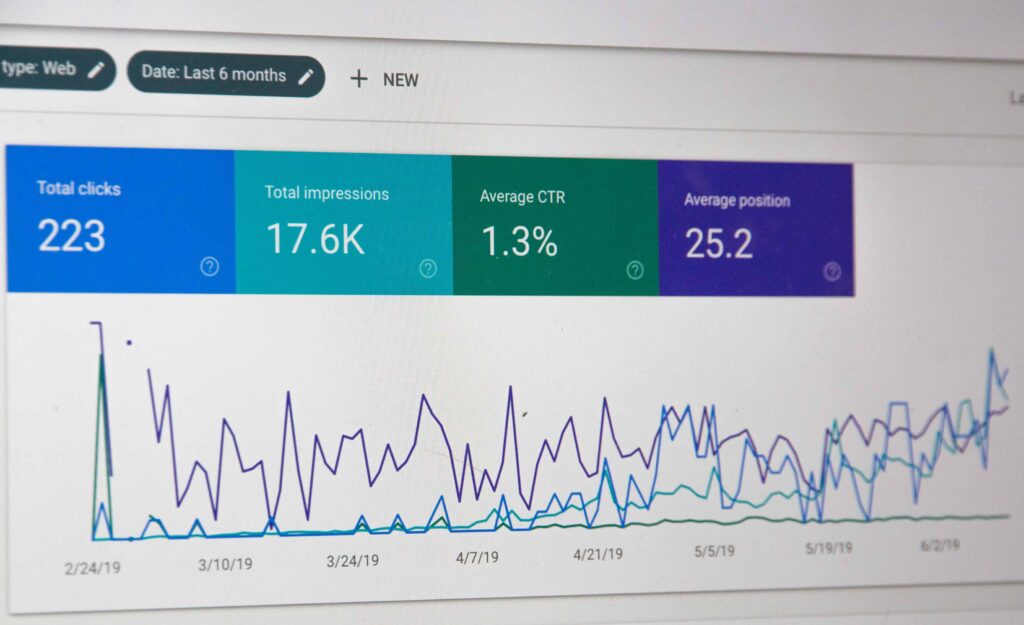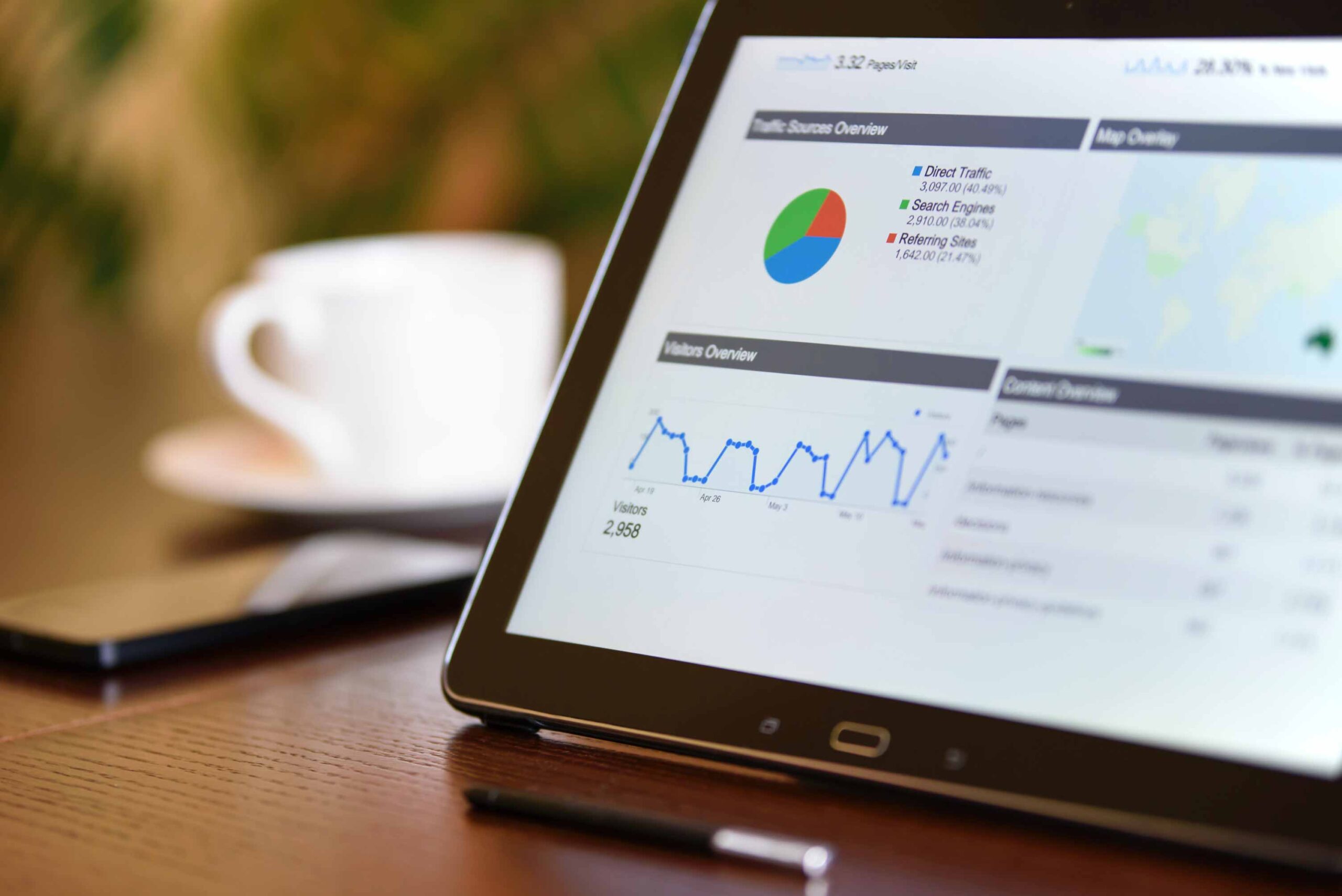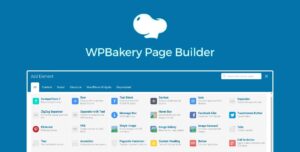In today’s digital landscape, understanding the performance of your website is essential for driving growth and achieving your business goals. Google Analytics is a powerful web analytics tool that provides valuable insights into your website’s performance, user behavior, and conversion metrics. In this blog post, we will explore the importance of website performance tracking and delve into the features and functionalities of Google Analytics that can help you gain actionable insights.
Why Website Performance Tracking Matters
Website performance tracking is crucial for several reasons. It allows you to:
- Measure the effectiveness of your marketing efforts
- Understand user behavior and preferences
- Identify areas for improvement and optimization
- Make data-driven decisions to enhance user experience and conversion rates
- Track the success of your digital campaigns and initiatives
By actively monitoring and analyzing your website’s performance, you can uncover valuable insights that drive your business forward.

Understanding Google Analytics
Google Analytics is a free web analytics tool provided by Google. It offers a wide range of features and functionalities to track and analyze website performance. Here are some key aspects of understanding Google Analytics:
Google Analytics 4
Google Analytics 4 (GA4) is the latest version of Google’s powerful web analytics platform. It offers advanced tracking and measurement capabilities to help businesses gain valuable insights into their website’s performance. GA4 provides a comprehensive understanding of user behavior and engagement, allowing businesses to make data-driven decisions to optimize their website’s performance.
Key features and benefits of Google Analytics 4
- Enhanced User Journey Analysis: Google Analytics 4 provides a more comprehensive view of the user journey by tracking events and interactions across different devices and platforms. It offers insights into how users engage with your website, from their first visit to conversions, enabling you to identify bottlenecks and optimize the user experience.
- Expanded Event Tracking: Google Analytics 4 allows for flexible event tracking, enabling you to track custom events and interactions that matter to your business. You can track specific actions such as button clicks, video views, form submissions, and more, providing valuable data for understanding user engagement.
- AI-Powered Insights: Google Analytics 4 incorporates advanced machine learning capabilities, providing automated insights into user behavior patterns, anomalies, and trends. It helps you uncover hidden opportunities and make data-driven decisions to improve your website’s performance and conversion rates.
- Customer-Centric Reporting: Google Analytics 4 focuses on the customer lifecycle rather than session-based metrics. It provides a unified view of user behavior across channels, enabling you to understand how different marketing efforts contribute to customer acquisition, engagement, and retention.
- Cross-Device Tracking: With Google Analytics 4, you can track user interactions across devices and platforms, including mobile apps, websites, and even offline interactions. This cross-device tracking gives you a holistic view of user behavior and allows for more accurate attribution modeling.
- Privacy-Centric Approach: Google Analytics 4 is designed with privacy in mind. It aligns with evolving privacy regulations and offers features like data deletion controls and granular consent settings to ensure compliance and build trust with your website visitors.
Setting Up Google Analytics
To get started with Google Analytics, you need to create an account and set up a property for your website. This involves adding a tracking code to your website’s pages, which collects data about user interactions and sends it to your Google Analytics account.
Navigating the Google Analytics Dashboard
The Google Analytics dashboard provides an overview of your website’s performance. It includes various sections and reports that allow you to analyze key metrics such as traffic sources, user demographics, engagement levels, and conversion rates. Familiarize yourself with the different sections of the dashboard to navigate and extract meaningful insights.
Key Metrics to Track in Google Analytics
Google Analytics offers a wide array of metrics to measure and track website performance. Here are some key metrics to focus on:
Website Traffic Metrics
- Sessions: The total number of interactions users have on your website within a specific timeframe.
- Users: The number of unique visitors to your website.
- Pageviews: The total number of pages viewed by users.
- Bounce Rate: The percentage of users who leave your website after viewing only one page
Audience Metrics
- Demographics: Information about the age, gender, and interests of your website visitors.
- Geo Location: The geographical location of your website visitors.
- Devices: The types of devices (desktop, mobile, tablet) used to access your website.
Engagement Metrics
- Average Session Duration: The average amount of time users spend on your website.
- Pages per Session: The average number of pages viewed during a session.
- Exit Rate: The percentage of users who leave your website after viewing a particular page.
Conversion Metrics
- Goal Completions: The number of times users have completed specific goals on your website.
- Conversion Rate: The percentage of users who have completed a goal or converted.
Advanced Features and Reports in Google Analytics
Google Analytics offers advanced features and reports that can provide deeper insights into your website’s performance. Explore these features to gain a more comprehensive understanding of your audience and their behavior:
Goal Tracking
Set up goals in Google Analytics to track specific actions or conversions on your website. Examples of goals include newsletter sign-ups, form submissions, or product purchases. Goal tracking helps you measure the effectiveness of your website in driving desired user actions.
E-commerce Tracking
If you run an online store, enable e-commerce tracking in Google Analytics to monitor sales performance, revenue, and other e-commerce metrics. This feature provides valuable insights into your customers’ purchasing behavior and helps optimize your online store for better conversions.
Site Search Tracking
If your website has a search functionality, enabling site search tracking allows you to monitor what users are searching for on your website. This insight can help you understand user intent and optimize your website’s content and navigation accordingly.
Custom Reports and Dashboards
Google Analytics allows you to create custom reports and dashboards tailored to your specific needs. These customizable features enable you to focus on the metrics that matter most to your business and gain a comprehensive view of your website’s performance.
Analyzing Website Performance with Google Analytics
Once you have set up Google Analytics and familiarized yourself with the key metrics, it’s time to dive deeper into analyzing your website’s performance. Here are some areas to focus on:
Analyzing Traffic Sources
Identify the sources of traffic to your website, such as organic search, referral websites, social media, or paid advertising. Analyzing traffic sources helps you understand which channels are driving the most valuable visitors to your website.

Assessing Audience Behavior
Analyze user behavior on your website, including the pages they visit, the time they spend on each page, and the actions they take. This data can help you identify popular content, areas of interest, and potential roadblocks in the user journey.
Monitoring Conversion Funnel
Track the conversion funnel on your website, from initial user interaction to final conversion. Identify potential drop-off points or areas for improvement to optimize your website’s conversion rates.
Tracking Campaign Performance
If you run digital marketing campaigns, use Google Analytics to track the performance of your campaigns. Monitor key metrics such as click-through rates, conversion rates, and return on investment (ROI) to assess the effectiveness of your marketing efforts.
Using Google Analytics to Improve Website Performance

Armed with insights from Google Analytics, you can take actionable steps to improve your website’s performance. Some strategies to consider include:
- Optimizing landing pages for better conversions
- Improving website navigation and user experience
- Creating targeted content based on user preferences
- Refining digital marketing campaigns based on performance data
- Implementing A/B testing to optimize page elements
Analytics tools that rival Google Analytics
While Google Analytics is a popular and widely used analytics tool, there are other platforms that offer similar functionalities and are worth considering. Here are some analytics tools that rival Google Analytics:
- Adobe Analytics: Adobe Analytics is a robust analytics platform that provides advanced insights into customer behavior and marketing performance. It offers features like real-time data tracking, segmentation, advanced reporting, and integration with other Adobe Marketing Cloud solutions. Adobe Analytics is recommended for enterprise-level businesses looking for powerful analytics capabilities.
- Matomo (formerly Piwik): Matomo is an open-source analytics platform that gives you full control over your data. It offers features like real-time analytics, heatmaps, goal tracking, and customizable dashboards. Matomo is a good choice for businesses concerned about data privacy and compliance.
- Mixpanel: Mixpanel is an analytics platform focused on user behavior and engagement. It offers features like event tracking, user segmentation, A/B testing, and funnel analysis. Mixpanel is recommended for businesses looking to gain deep insights into user interactions and optimize user experiences.
- Heap Analytics: Heap Analytics is an automatic event tracking platform that captures and analyzes user interactions without the need for manual event tagging. It provides insights into user behavior, funnel analysis, cohort analysis, and conversion tracking. Heap Analytics is suitable for businesses looking for a simplified analytics setup.
- Kissmetrics: Kissmetrics is a customer analytics platform that focuses on tracking individual user behavior and customer journeys. It offers features like cohort analysis, customer segmentation, conversion tracking, and behavioral automation. Kissmetrics is recommended for businesses aiming to understand and optimize their customer lifecycle.
Conclusion
Google Analytics is a powerful tool for understanding and optimizing your website’s performance. By tracking key metrics, analyzing user behavior, and making data-driven decisions, you can enhance your website’s effectiveness and drive business growth. Make the most of the features and reports available in Google Analytics to gain actionable insights and continually improve your website’s performance.









